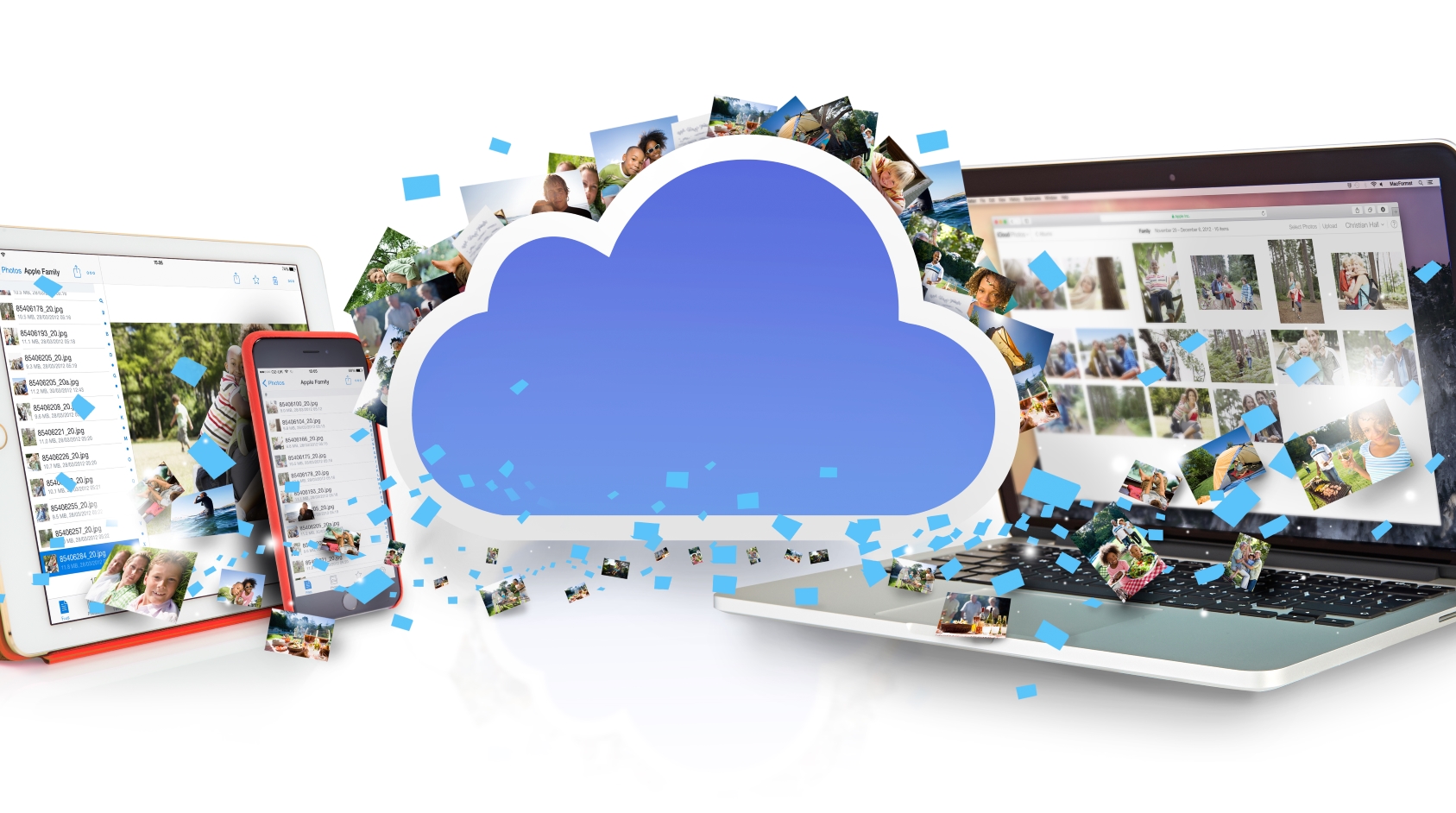
Backing up photos and videos to your personal cloud (such as a NAS or private server) can be a great alternative to using third-party cloud storage. Here are the pros and cons to help you decide if it’s the right solution for you:
Pros of Backing Up to Your Own Personal Cloud
1. Full Control Over Data
- Ownership: You retain complete control over your photos and videos, avoiding reliance on third-party providers.
- Privacy: Sensitive media is stored locally, reducing the risk of data breaches or unauthorized access.
2. Unlimited Storage (Limited Only by Hardware)
- You can expand storage by adding more drives, offering flexibility for growing media collections.
- No recurring fees for additional storage like with subscription-based services.
3. Cost Efficiency (Long-Term)
- After the initial investment in hardware (e.g., NAS or external server), there are no ongoing subscription fees.
- Ideal for large collections that would otherwise require expensive cloud plans.
4. Accessibility
- Access your media remotely, just like with public cloud services, using secure connections (e.g., VPN or HTTPS).
- Stream photos and videos to devices like TVs, smartphones, and tablets directly from your server.
5. Customization and Automation
- Set up automated backups tailored to your workflow.
- Use apps or tools to organize and tag photos efficiently.
6. Data Security and Encryption
- You control the level of encryption and can implement additional security measures.
- Avoid potential data mining by third-party services.
7. Integration with Smart Home and Media Servers
- Pair your personal cloud with media platforms like Plex, Emby, or Synology Photos for seamless viewing and sharing.
Cons of Backing Up to Your Own Personal Cloud
1. High Initial Costs
- Purchasing a NAS or server, compatible hard drives, and backup tools can be expensive upfront.
- Premium drives (e.g., NAS-grade like WD Red or Seagate IronWolf) add to the cost.
2. Complexity in Setup and Maintenance
- Requires technical knowledge for setup, configuration, and troubleshooting.
- Managing firmware updates, network configurations, and backups can be time-consuming.
3. Limited Remote Accessibility Without Advanced Setup
- Requires configuring remote access securely (e.g., dynamic DNS, port forwarding, or VPN).
- Poorly configured systems may expose your data to cyberattacks.
4. Risk of Hardware Failure
- Hardware failures, such as drive crashes, can result in data loss if not paired with a robust backup strategy (e.g., RAID and offsite backups).
- Drives have a finite lifespan and will eventually need replacement.
5. Energy Consumption
- Devices like NAS units or personal servers run continuously, increasing electricity costs.
6. No Built-In Redundancy for Offsite Backups
- Unlike public clouds that replicate data across multiple servers, your personal cloud requires additional effort to ensure offsite redundancy (e.g., backing up to another device or cloud).
7. Limited Scalability
- Expanding storage may require replacing hardware or adding new devices, which can be costly and complex.
- Compared to public cloud solutions, scaling up requires significant planning.
Comparison: Personal Cloud vs. Third-Party Cloud
| Feature | Personal Cloud | Third-Party Cloud |
|---|---|---|
| Cost | High upfront, low ongoing | Low upfront, recurring fees |
| Storage | Expandable, limited by hardware | Limited by subscription tier |
| Accessibility | Requires configuration for remote | Easy and universally accessible |
| Security | Full control, customizable | Dependent on provider policies |
| Backup Redundancy | Requires manual setup | Built-in redundancy |
| Ease of Use | Complex setup and maintenance | Simple and user-friendly |
When to Choose Personal Cloud
- You prioritize privacy and ownership of your data.
- You have a large collection of media and want to avoid recurring costs.
- You are comfortable with technical setup and maintenance.
- You want to integrate storage with your smart home or media servers.
Best Practices for Personal Cloud Backup
- Use Redundant Storage:
- Implement RAID to protect against single-drive failures.
- Automate Backups:
- Schedule regular backups from devices to your personal cloud.
- Implement Offsite Backups:
- Use an external drive or sync with a third-party cloud as a secondary backup.
- Secure Your Cloud:
- Use strong passwords, enable encryption, and consider a VPN for remote access.
- Monitor and Maintain:
- Regularly check drive health and update firmware/software to ensure reliability.




